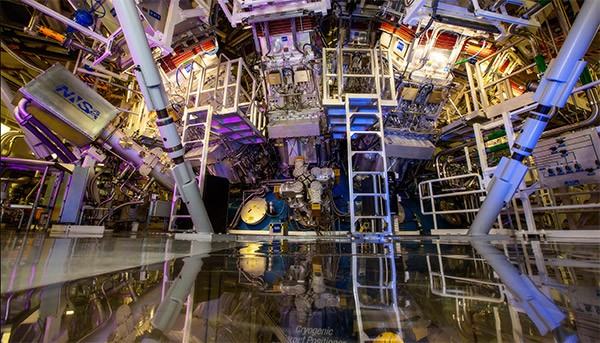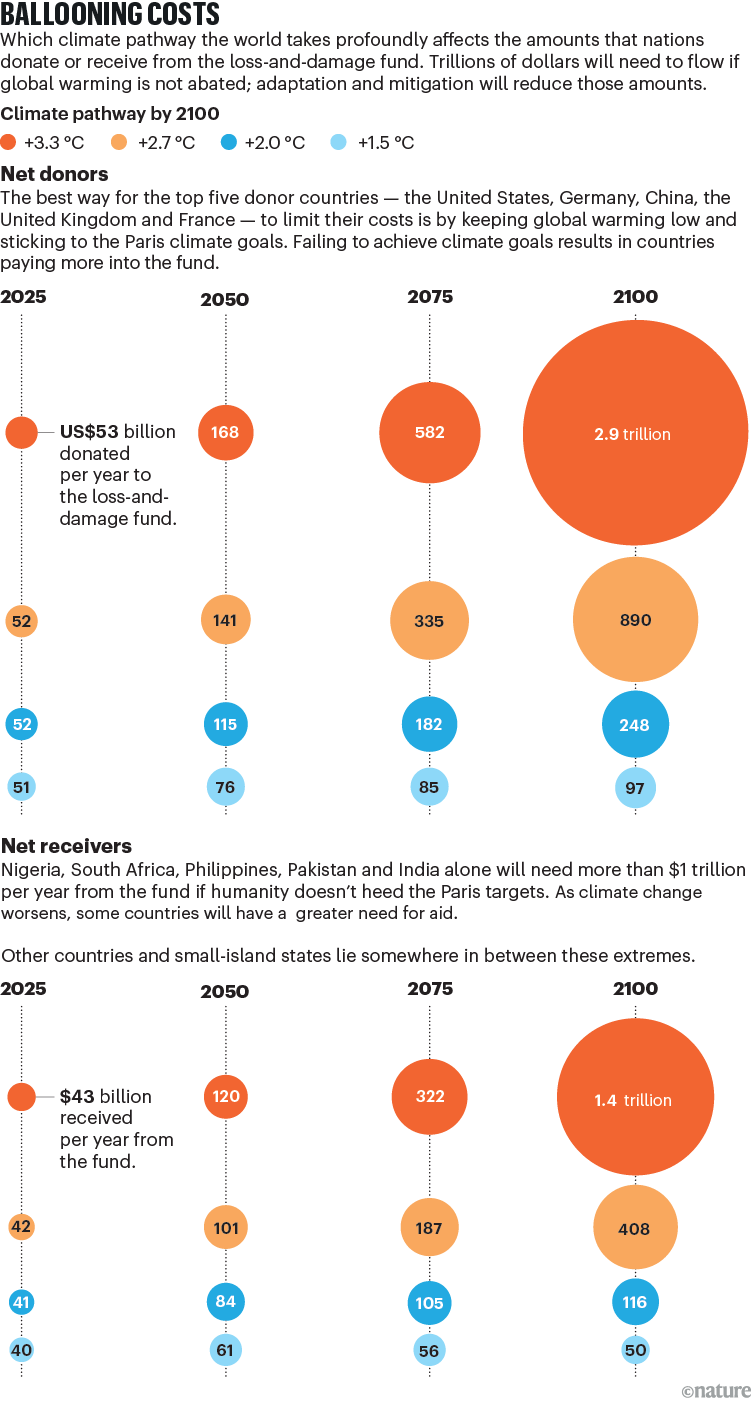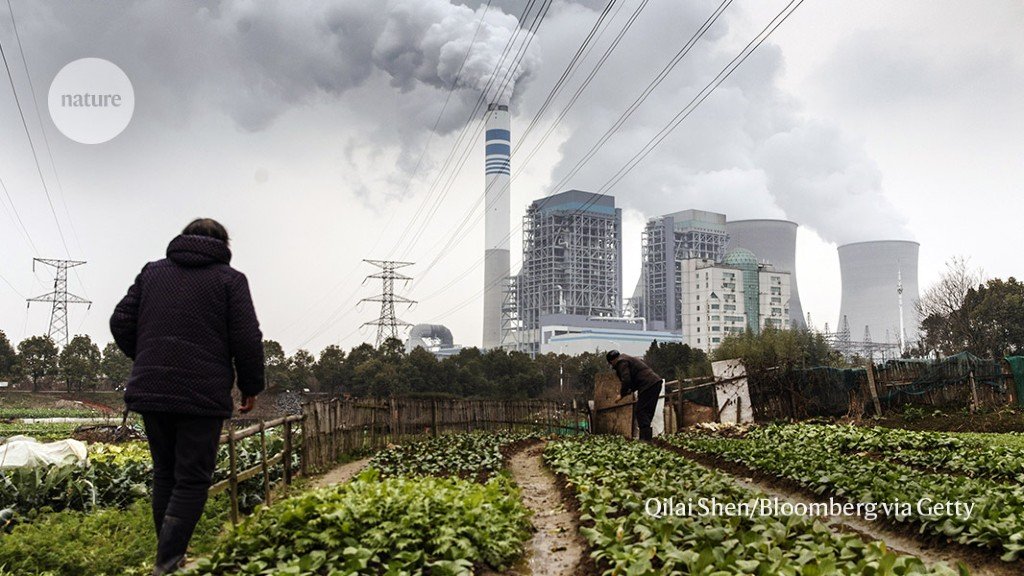Welcome to the Nature Briefing: Anthropocene, a weekly round-up of news and features about the human impact on Earth, and how Earth is responding to that impact.

The United States is expected to announce the first international nuclear fusion strategy at the upcoming UN annual climate conference in Dubai, COP28. (Science History Images/Alamy)
The United States is set to announce its strategy for international partnerships to commercialize nuclear-fusion power, according to sources close to the US special envoy on climate change, John Kerry. The country will make the announcement at the COP28 climate conference, which is due to commence in Dubai next week. Fusion could be an ideal technology for zero-carbon energy generation because, unlike nuclear fission, it does not produce radioactive waste. However, so far the technology has proved unfeasible. Some hope came last year, when the US National Ignition Facility (NIF) achieved ‘ignition’, generating 50% more energy in a nuclear-fusion reaction than was consumed. But the NIF was never designed to generate power, simply to study fusion reactions in relation to their applications in nuclear weapons. There are also regulatory and investment hurdles to the technology’s implementation. Nonetheless, those familiar with the announcement are enthused, saying it will “be the starting gun for international cooperation” on nuclear fusion.
The world’s richest 1% account for more carbon emissions than do the poorest 66%. A report co-produced by the charity Oxfam, The Guardian and scientists estimates that the emissions produced by the 1% in 2019 alone could be sufficient to cause the heat-related deaths of 1.3 million people between 2020 and 2100. “The super-rich are plundering and polluting the planet to the point of destruction and it is those who can least afford it who are paying the highest price,” says Chiara Liguori, a climate-justice adviser. These emissions come from extravagant superyachts, private jets, mansions, space flights and doomsday bunkers, as well as from less-flashy sources, such as investments in fossil-fuel companies.
Read The Guardian’s full series, The great carbon divide
Reference: Oxfam climate equality report
Carbon locked up in frozen soil, known as permafrost, can be converted into methane when the ground thaws. Research has found that methane hotspots are around 30% more likely to be found in places where wildfires have burned in the past 50 years. That likelihood shoots up to almost 90% if the fire bordered water. The research suggests that the Arctic tundra is shifting from a carbon sink to a source of methane emissions. “We all need to get invested in these big episodic releases of greenhouse gases if we want to bring our climate future under some kind of certainty,” says ecologist Merritt Turetsky.
High Country News | 5 min read
Reference: Environmental Research Letters
Features & opinion
When the COP28 climate conference convenes at the end of this month, representatives from 197 countries will arrive in Dubai to do a ‘global stocktake’. It will be the first time that humanity formally assesses its achievements under the 2015 Paris climate agreement, which set the ambitious target of limiting global warming to 1.5 ℃ above pre-industrial levels. By any measure, progress has been too slow. But it is still possible to keep the 1.5 ℃ dream alive, as this graphics-packed feature shows — and every fraction of a degree counts.
This animated feature takes you all the way to the bottom of the ocean in an effort to address the question of whether the destruction caused by deep-sea mining can be justified by our need for certain metals to power the green-energy transition. It also presents some possible ways to minimize the damage, such as robotic claws that can pick up metallic nodules without disrupting the ocean floor.
Researchers want more input on the international plastic-pollution treaty currently being drawn up. Work on the agreement started in March 2022, but has since made little progress. At the third meeting of the International Negotiating Committee last week, the draft got longer rather than more specific, and divides between nations with opposing goals deepened. Researchers are calling on nations to set realistic targets and create a more formal process for negotiators and policymakers to be updated on the scientific evidence informing the treaty. “You get one shot at getting words on paper,” says ecologist Douglas McCauley. The treaty “should be specific, it should be binding, it should be ambitious,” he adds. “Time is of the essence.”
COP28, the United Nations’ annual climate conference, kicks off on 30 November in Dubai. Officials will discuss their nations’ progress towards achieving climate commitments set at the 2015 Paris climate summit and pressure will be on wealthy nations to establish a loss-and-damage fund to assist poorer countries. The actors are varied and the topics are complex. Carbon Brief has created an interactive, evolving table of the parties, issues and priorities that will shape the conference.
Infographic of the week

Source: Ortec Finance
How much climate financing is needed will depend on how much the world warms. In more-extreme warming scenarios, significant sums will be required from donor countries such as the United States, Germany, China, the United Kingdom and France. With climate risks accelerating, the world must predict who needs funds and when, argue six climate scholars, including the late, influential climate scientist Saleemul Huq. (Nature | 13 min read)

